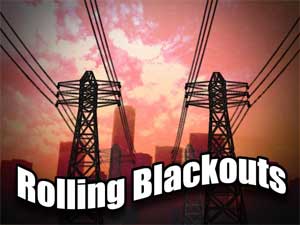Well, it didn’t take long before the Electric Reliability Council of Texas (ERCOT) released, at the request of Texas’ very political Public Utilities Commission, another report about the impacts of the Environmental Protection Agency’s (EPA’s) rules designed to protect public health.
This time ERCOT, which manages 90 percent of Texas’ electric grid, looked at the impact of seven EPA clean air safeguards on the electric grid, including the Cross State Air Pollution Rule (CSAPR), the Mercury Air Toxics Standard (MATS), the Regional Haze program (all of which go back before the Obama administration), the proposed Clean Power Plan, which would set the first-ever national limits on carbon pollution from existing power plants, and others. What was surprising to learn, though, is that after power companies in the state start complying with EPA’s other clean air protections, the proposed Clean Power Plan poses a minimal incremental impact to the power grid. We would only have to cut 200 megawatts of coal-fired generation, which equates to less than one coal-fired power plant. Read More















